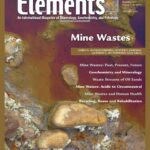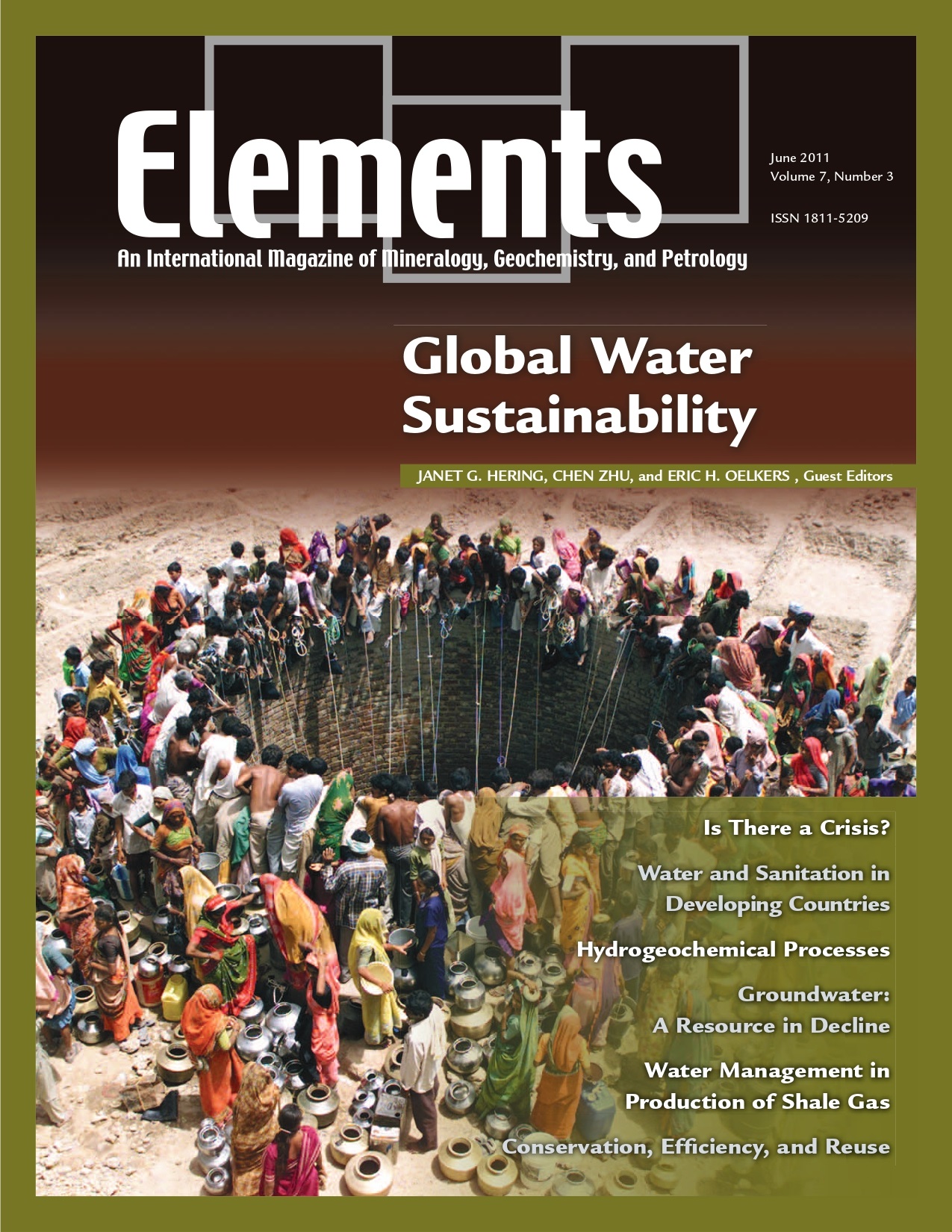
Sustainable Remediation Of Soils, December 2010, Vol. 6, No. 6
June 28, 2024
Mine Wastes, December 2011, Vol. 7, No. 6
June 28, 2024Global Water Sustainability, June 2011, Vol. 7, No. 3
$20.00
The term water resources refers to natural waters (vapor, liquid, or solid) that occur on the Earth and that are of potential use to humans. These resources include oceans, rivers, lakes, groundwater, and glaciers.
Global Water Sustainability
June 2011, Vol. 7, No. 3
The term water resources refers to natural waters (vapor, liquid, or solid) that occur on the Earth and that are of potential use to humans. These resources include oceans, rivers, lakes, groundwater, and glaciers. The Earth has plenty of water, over 1.4 × 109 km3. However, 97% of global water is saline sea water. Of the 3% that is freshwater, nearly 70% is locked in the polar icecaps and glaciers. The majority of non-glacier freshwater is groundwater (98%). Surface freshwater (rivers and lakes), which has historically served most human needs, constitutes only a small fraction of the Earth’s water resources. Water interacts with minerals, soils, sediments, and rocks, and hence studies of Earth materials have a direct bearing on water resources. Studies of the acquisition, mobility, and fate of elements and isotopes in water provide valuable sig natures for tracking water cycles at regional and global scales and are essential for the development of remediation technologies for contaminated water.
Why You’ll Love Elements Magazine:
- Expert Contributors: Articles written by renowned researchers in the field of geoscience.
- Engaging Content: Join a community of readers who are passionate about Elements.
- Exceptional Quality: Each issue is printed on high-quality paper with stunning visuals and detailed illustrations that bring complex scientific concepts to life.
Order your copy of the June 2011 issue of Elements magazine today and investigate global water sustainability.
Related products
-
Phosphates And Global Sustainability, April 2008, Vol. 4, No. 2
$20.00Phosphorus is a unique element: it is essential to the existence of all living forms, and as such controls biological productivity in many terrestrial and marine environments; but when in excess, it leads to uncontrollable biological growth and water-quality problems. This has become a common environmental issue, resulting from our careless use of phosphorus in agriculture, yet phosphate ore deposits, from which fertilizers are produced, are a finite natural resource.
-
Nanogeoscience, December 2008, Vol. 4, No. 6
$20.00At first glance, nano and Earth seem about as far apart as one can imagine. Nanogeoscience seems to be a word connecting opposites.
-
Platinum-Group Elements, August 2008, Vol. 4, No. 4
$20.00The geoscientific and economic significance of the PGE is immense. Due to their extreme siderophile and chalcophile behaviour, the PGE are highly sensitive tracers of geological processes involving metal and sulfide phases.




